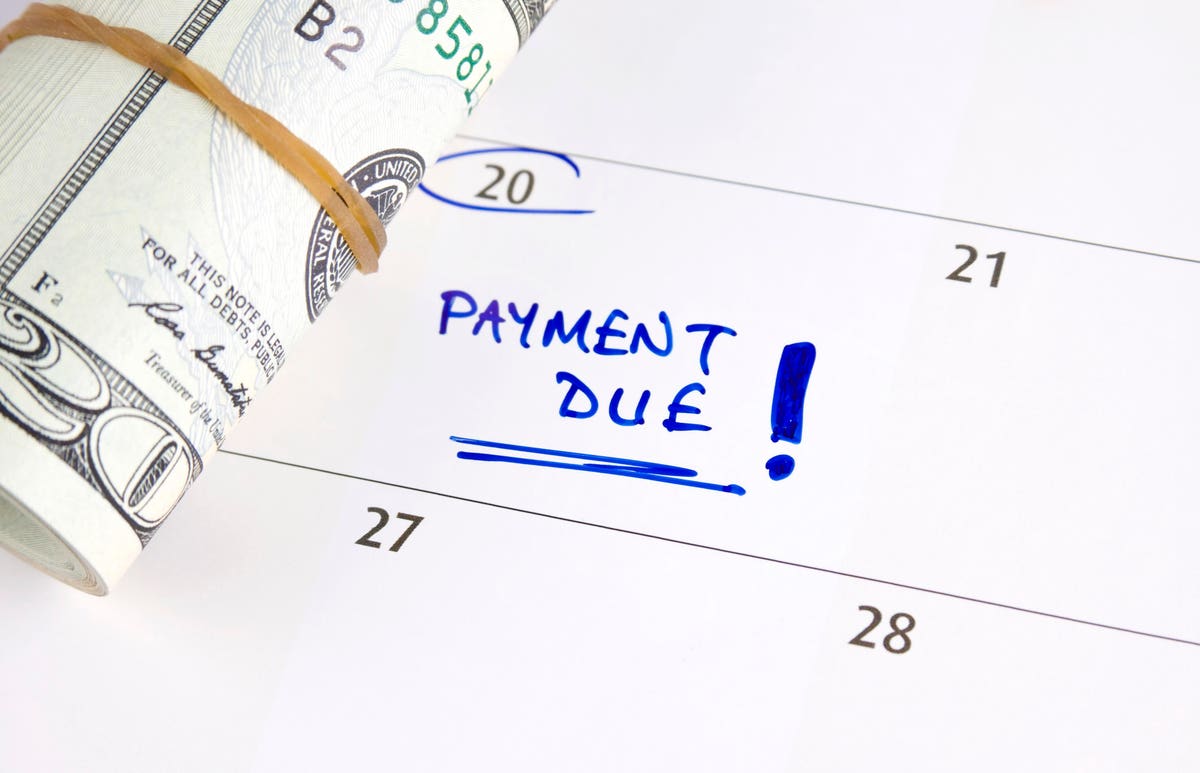Payments on federal student loans are set to resume in October of this year, and that the fixed 0% interest rate most of us enjoyed will also come to an end at the beginning of September.
What some borrowers don’t seem to know is when they’ll actually get their first student loan bill, or how to find it if they haven’t received anything from their loan servicer yet. Fortunately, this information isn’t too difficult to track down if you know who is servicing your student loans or you have an account with StudentAid.gov.
StudentAid.gov says the first step you’ll want to take to get on track with federal student loan payments this fall is updating your contact information on their website. This step will ensure you’re getting all the necessary information sent to you about your impending first payment.
In the meantime, you should also update your contact information with the provider who services your student loans. If you don’t know who that is, you can log into StudentAid.gov to find your servicer.
Where To Find Your First Student Loan Bill
Once you log into your StudentAid.gov account or your loan servicer account, you may find the details of your first required student loan payment already listed. You can also contact your loan servicer to inquire.
Keep in mind, however, that your first federal student loan payments will not come due until October of this year. You can also count on receiving a bill with the payment amount and due date listed at least 21 days before your first payment is actually due. StudentAid.gov says most borrowers will receive their first student loan payment statement sometime in September.
You should also receive a disclosure from their servicer before their actual bill arrives. This disclosure will list information like your total amount owed across all federal student loans, individual loan balances, and the new monthly payment(s) required.
StudentAid.gov notes that, if you were enrolled in auto-pay before the payment pause first began in March of 2020, you’ll need to re-enroll in order for payments to be automatically deducted from your bank account.
Worried About Payments? Consider These Options
If you log into your account at StudentAid.gov or your loan servicer website and you don’t like what you see, remember that you have options when it comes to repayment. For example, it’s not too late to switch repayment plans.
You can also look into income-driven repayment plans that let you pay a percentage of your discretionary income toward student loans each month before having remaining loan balances forgiven after 20 to 25 years. You could even qualify for Biden’s new income-driven repayment plan (SAVE plan), which aims to cut borrower’s monthly payments in half and let more people than ever qualify for a $0 monthly payment toward their loans.
And since the SAVE plan is just an upgrade to the existing REPAYE income-driven plan, borrowers enrolled in REPAYE before the federal student loan payment pause will be automatically moved to the new plan.
You’ll also have additional time to figure out how to afford monthly student loan payments without having your loans go into default thanks to an “on-ramp” period announced by the Biden administration. This on-ramp period gives borrowers 12 months to avoid the worst consequences of late and missed payments.
The Department of Education says interest will still accrue and payments will still be due on federal student loans during this time, but that interest will not capitalize at the end of the on-ramp period. Further, “borrowers will not be reported to credit bureaus, be considered in default, or referred to collection agencies for late, missed, or partial payments during the on-ramp period,” they write.
This on-ramp period is also offered to federal student loan borrowers automatically, so you don’t need to enroll in anything to qualify.
Finally, StudentAid.gov also says you should check out the various federal student loan forgiveness plans you could potentially qualify for. The main plans they’re referencing include Teacher Loan Forgiveness, Public Service Loan Forgiveness (PSLF), and Federal Perkins Loan Teacher Cancellation. It’s also possible you could qualify for Total and Permanent Disability Discharge if you have become permanently disabled and unable to work, or other loan discharge options if your school closed or misled you about their degrees or programs.You can read all about various federal student loan forgiveness programs here.
The Bottom Line
The clock is ticking when it comes to federal student loan payments becoming due later this year, but you don’t have to be stressed out if you haven’t received your bills yet. There’s a good chance you’ll get some type of disclosure statement later in August, and StudentAid.gov says most borrowers won’t get their first bill until September anyway.
You still have time to switch payment plans as well, including a move to the new SAVE income-driven plan that should cut your monthly payments in half at a minimum. Not only that, but the 12-month on-ramp period for federal student loans guarantees you won’t be hit with the worst consequences if you aren’t able to make payments for up to a year.
Either way, your student loan bills are due in October, and you should try to pay them. As history has shown us, especially over the last few years, most people’s federal student loan debts won’t be forgiven or wiped away any time soon.
Read the full article here


